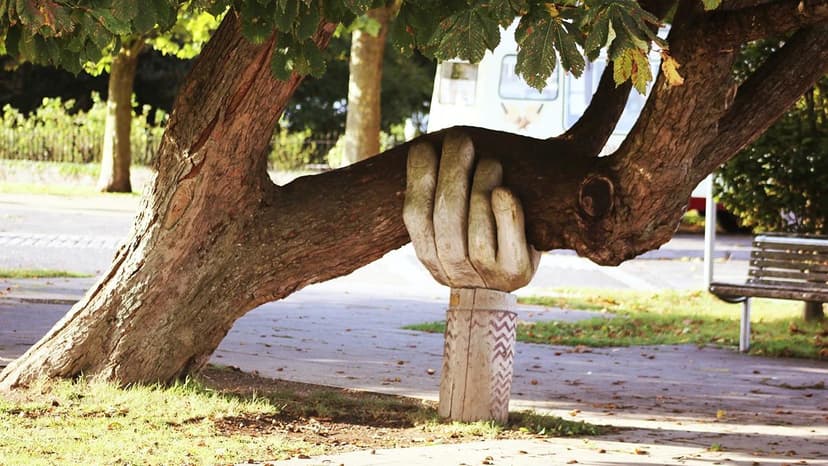Are skinwalkers real? Have you ever faced one?
The term "skinwalker" comes from Navajo culture. It describes a witch or a person with the ability to transform into an animal. This concept sparks fear and curiosity among many. The question remains: Are skinwalkers real?
Many believe in the existence of skinwalkers. Stories about them have been passed down through generations. In Navajo tradition, skinwalkers are often seen as malevolent beings. They use their powers for harmful purposes. Some claim to have encountered them in remote areas. These encounters are often frightening and leave a lasting impression.
People describe skinwalkers as having a human shape but with animal features. Others say they hear eerie sounds or see shadowy figures moving in the dark. This leads to an unsettling feeling of being watched. Many individuals who share their experiences often speak with fear. They recount strange occurrences, like animals behaving oddly or feeling a sudden chill.
Despite the belief among some, others view skinwalkers as mere folklore. They think these stories serve as moral lessons or warnings. For instance, tales of skinwalkers might discourage people from wandering into the woods alone. Some say it's a way to explain the unexplainable.
Have I faced one? I cannot say for certain. But I have heard stories from friends and family. Their experiences are both captivating and chilling. Late-night campfire tales often include skinwalkers. These stories create a sense of tension and thrill around the campfire setting.
Whether skinwalkers are real or just a part of folklore, they hold significant cultural weight. They stir up a mix of fear and curiosity. Personal experiences vary, and belief in skinwalkers often depends on individual perspectives.












